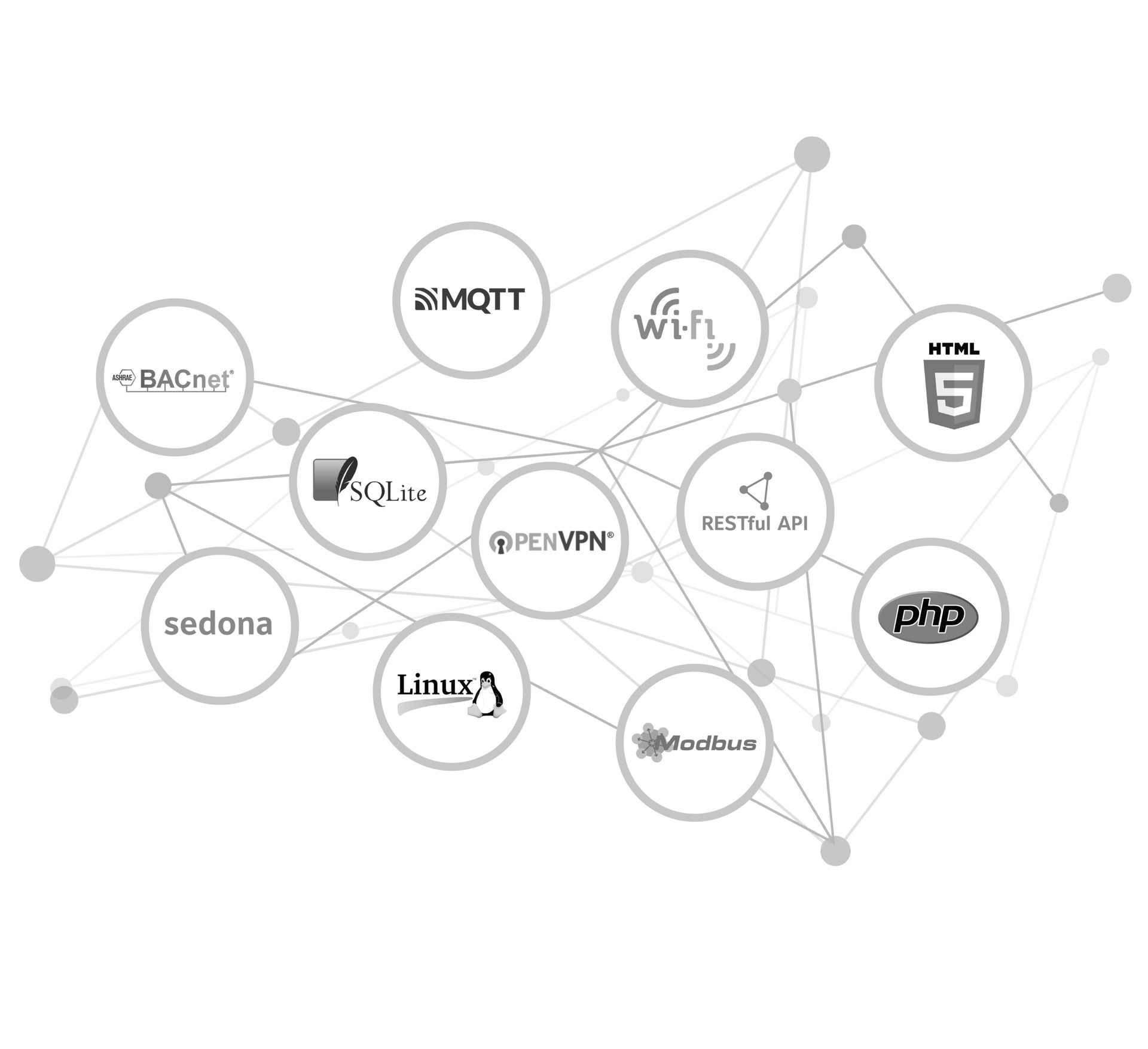Everyone recognizes that technology is constantly changing, ever evolving. One sector it is revolutionizing is environmental control systems in buildings.
Understanding Building Automation System (BAS) resiliency and how to mitigate the risks when designing IP systems to support future needs is critical to contractors and building owners continued success.
IoT Impact
The adoption of Internet of Things (IoT) is on the rise and is disrupting many industries -- bringing new automation use cases that people have never imagined.
Before IoT, buildings used mechanical systems for environmental control which were often prone to failure. These failures were difficult to detect proactively, and this led to downtimes and ultimately, poor tenant satisfaction. Building managers and owners became increasingly frustrated because the need for continued repairs increased overall maintenance costs.
The growing trend towards IP based devices that provide increased visibility and control over environmental systems allow facility managers to easily manage variables like temperature, security and HVAC at their fingertips, in real-time. Not only can they control the devices, but facility managers can collect valuable operational data as well.
Modern resilient solutions go well beyond just keeping building conditions warm or cool; they leverage the data from the BAS to intelligently respond to changing conditions, thus helping to prevent potential catastrophic losses associated with failing HVAC equipment and other building assets.
Here are four considerations that will assure that your BAS is ready to handle technological advancements in highly resilient building systems to achieve critical outcomes – in essence, you can future proof your buildings.
1) Install the right infrastructure
When using Ethernet- or IP-based controllers, hardware communication can be made redundant by connecting each device in a star topology.'
While this ensures hardware or communication link failures are limited in their impact, it can become expensive to implement. Installing in a daisy chain topology helps minimize cost, but a potential failure in the chain will impact the resiliency of the system. Using a ring topology as shown in the graphic, especially with Media Redundancy Protocol (MRP), helps achieve the right balance between cost and resiliency.
Implementing a ring topology can also reduce installation time and complexity when it comes to expansion and that translates into reduced costs and request of asks to IT. New IP devices can easily be added to the existing ring of devices. If needed, an additional MRP enabled network ring can be added to the existing ring manager switch. All without requesting additional switch ports or addresses from IT. An MRP Ring-Enabled IP Controller Solution achieves this balance.
2) Build a System That Uses Advanced Communications Protocols
A typical building system leverages multiple technologies and protocols; the right vendor will seamlessly connect these technologies.
When thinking about advanced communication protocols for buildings, Ethernet is typically considered the “wired” solution, and Wi-Fi is considered the leading wireless solution. Both are industry-leading, state-of-the-art protocols that are IoT- and IT-ready, since they are both already heavily used in enterprise installations.
With significantly more Operations Technology communication passing through IT networks, IT communication standards are now expected in both domains. For example, the MQTT protocol is used for data exchange between devices and server applications. It keeps communication bandwidth requirements to an absolute minimum, handles unreliable networks and is, therefore, ideal for machine-to-machine communication.
Choose a platform that uses the latest technology and provides the best performance while ensuring the greatest level of security.
3) Leverage Modern BAS software
With the appropriate IP communication infrastructure in place, BAS software is used to monitor and control building conditions using the data collected from the IoT-ready controllers and communication-resilient design.
Leading BAS software will identify building system-related faults and list them in order of severity by leveraging pre-defined rules and other data. It will also further prioritize faults by informing operators of fault duration and occurrence.
Features like these, which are available as part of fault detection & diagnostics (FDD), help operators identify issues of building systems that are not operating correctly, prevent energy waste, and avoid comfort complaints. They also suggest possible root causes and appropriate corrective actions.
4) Expand to the Cloud to Analyze and Predict
Finally, with Infrastructure is in place, and the IoT-ready BAS is now monitoring, displaying and controlling current and historical building information. This means building operators are equipped to use that information to make smart, informed decisions.
Cloud-based building data analytics platforms use the data collected from the BAS and energy meters to proactively monitor and analyze building energy, equipment and space data to identify issues, faults and opportunities for improved energy performance, operational savings, and tenant experience.
Embracing this expanded approach to designing building automation systems so that they are resilient and able to evolve as necessary will assure that your BAS will be highly functional for years to come.




